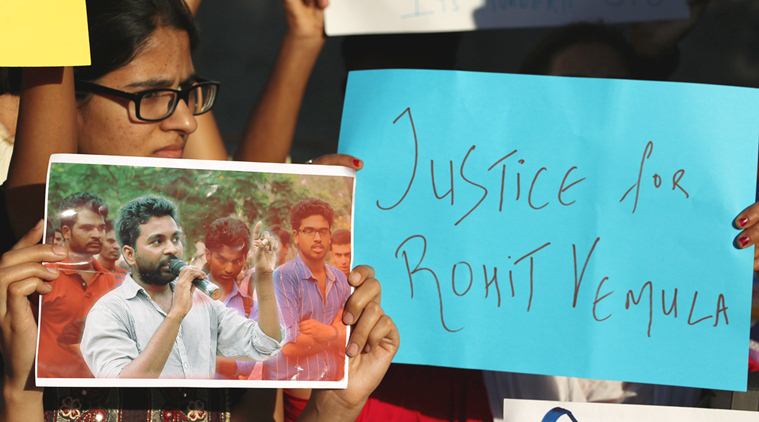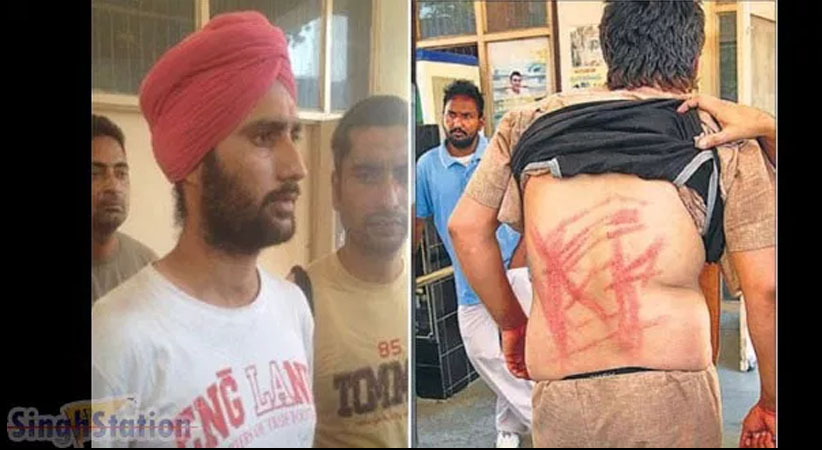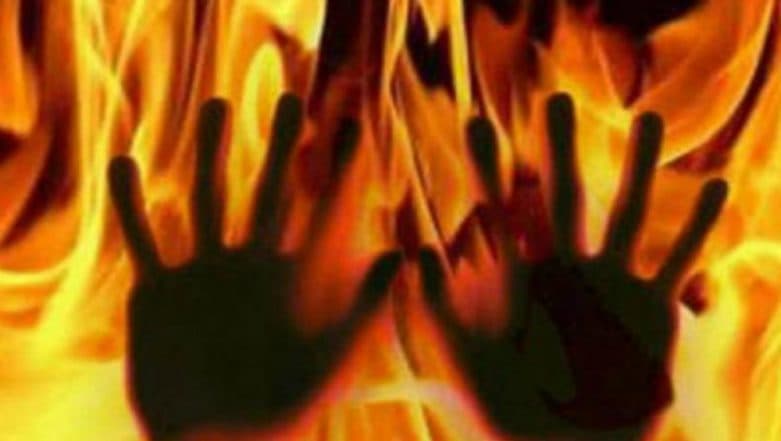NEWS & MEDIA
NEWS & MEDIA
India | 2016-04-13What Dalits Want

In 1947, we opted for democracy as our political system post-Independence. “Democracy was something that would give the weak the same chance as the strong,” explained Mahatma Gandhi. Like many other democracies in the world, the three famous principles of the French Revolution — liberty, equality and fraternity — have inspired us too. Liberty we secured through a prolonged political struggle; equality we secured through our Constitution. But what about the third?
Bhimrao Ambedkar, the architect of our Constitution had said that his inspiration for liberty, equality and fraternity was Bhagwan Buddha. “What does fraternity mean?” he asked and went on to explain, “Fraternity means a sense of common brotherhood of all Indians — of Indians being one people. It is the principle that gives unity and solidarity to social life”.
Fraternity can’t be achieved through rules and laws in the Constitution. It requires a persistent education of the people through public and private initiatives. In the last seven decades, have we been able to achieve what Ambedkar had described as fraternity?
Indian society is divided into castes and sub-castes. One single biggest challenge to fraternity today is the hierarchical caste system. Its roots are no doubt very deep. But its distorted and utterly discriminatory manifestation today has no sanction in any Hindu dharmashastras.
“Janmana jatih” — caste by birth — is what we practise as the caste system. Although it had its roots in the varnashrama system of ancient times, the varnashrama system never sanctioned any caste hierarchy; nor did it allow any discrimination. In fact, transmigration was said to be the order of the day in that ancient system.
“Ajyestaaso akanistaasa yete — sam bhraataro vaavrudhuh soubhagaya (No one is superior or inferior; all are brothers; all should strive for the interest of all and progress collectively),” proclaims the Rigveda (Mandala 5, Sukta 60, Mantra 5).
But the present-day caste system defies its own great scriptural wisdom and knowledge. It defies our Constitution in that it stands as a stumbling block in achieving fraternity in society. In a way, it has outlived its utility. The varnashrama system had depended on guna and karma — aptitudes and actions — in positioning a person in a varna. Today’s caste system has no connection with the old system. Hence, it should go lock, stock and barrel.
However, caste has not remained just a system. It got entrenched as an identity. Identities are not easy to erase. There is a need to find innovative ways to tackle this identity question.
Pending that, we shouldn’t lose sight of the immediate. The immediate issue is about discrimination based on caste. Article 17 of our Constitution has effectively and fully sought to abolish untouchability and enforcing any disability on the basis of so-called low and high caste discrimination. Towards that end, we have also promulgated the Protection of Civil Rights Act, 1955, which made the offence of violating Article 17 punishable.
But has it really ended discrimination? Why is a Dalit, however well-educated and well-placed he may be, forced to hide his identity? Why is it that a leader from among Dalits is always seen only as a “Dalit leader”, which is not the case with other leaders? Hierarchical casteism is entrenched in the social psyche, and that is where the battle is.
Today, we are living in an era of caste assertion. In order for social unity and harmony to be well-maintained, we need to keep the discourse on track. In the mid-1990s, a Dalit sub-caste in Andhra Pradesh started using their caste name as a suffix to their names. This, in their view, was a proud assertion of their identity. This act led to serious discussion among the intelligentsia. Many were worried that casteism was staging a comeback. But a simple and profound question asked by a Dalit intellectual put the discussion to rest. In Andhra, people belonging to several non-Dalit castes use their caste name as a suffix. This has been the practice for long. Never did the question of growing casteism arise when Sharma or Shastry or Reddy was used as a suffix. Why this concern when a Dalit does the same?
This calls for a deeper understanding of the discourse within caste groups. For political correctness, one may declare that there is no discrimination in Hinduism and that a Dalit has an equal right to study the Vedas and become on par with a Brahmin. But the question a Dalit will ask is about this notion of “on par”. Why can’t it be that a Dalit reads the Vedas and still remains what he is? Why should he be doing it in order to become “on par” with some other caste?
This is the real discourse that we need to address. We assume that the Dalit discourse is all about more reservations and more jobs. No doubt, reservations are important and so are jobs. But the hunger today is for four things: Samman (respect and dignity), sahbhagita (participation and partnership), samriddhi (progress and prosperity) and, finally, satta (empowerment).
The government can take care of the last two, but the first two are the responsibility of society. Social and religious organisations have to take responsibility for addressing the Dalit hunger for samman and sahbhagita. That is when social equality is achieved.
Ambedkar was right when he warned the nation about it. “On the 26th of January 1950, we are going to enter into a life of contradictions. In politics we will have equality and in social and economic life we will have inequality. In politics we will be recognising the principle of one man one vote and one vote one value. In our social and economic life, we shall, by reason of our social and economic structure, continue to deny the principle of one man one value.
How long shall we continue to live this life of contradictions? How long shall we continue to deny equality in our social and economic life? If we continue to deny it for long, we will do so only by putting our political democracy in peril.”
The Indian Express
Link to Source: http://indianexpress.com/article/opinion/columns/ambedkar-dalit-status-equality-justice-discrimination-what-dalits-want/





